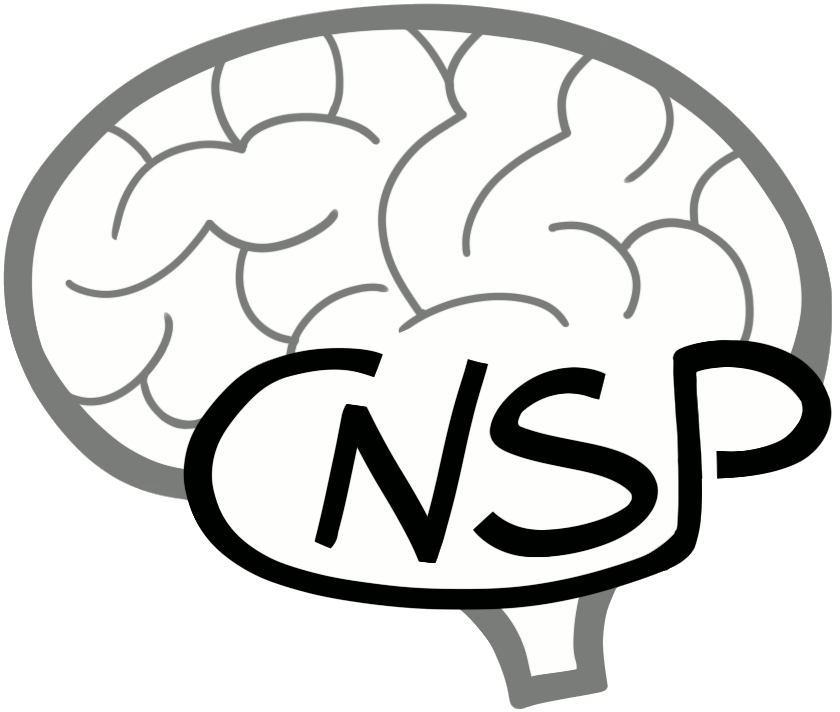Methodologies for neural data analysis

Studying brain responses to natural stimuli, such as speech or music, involves sophisticated neural signal processing techniques. One challenge is that neural signal analysis requires processing a small amount of high dimensional data with low SNR. Our lab is interested in developing methodologies for the analysis of neural data recorded with technologies such as electroencephalography (EEG), magnetoencephalography (MEG), and electrocorticography (ECoG). The recorded data are generally characterised by multiple time-series with high-temporal resolution. Traditional analysis methodologies (e.g., time-locked averages) are often unsuitable to answer our research questions, which centre on the neural processing of natural continuous stimuli. One of our goals is to overcome that challenge by identifying and developing methodologies that are effective to quantitatively investigate cognition in such naturalistic scenarios.
One solution is to use methodologies based on multiple linear regression (see mTRF-Toolbox in the Resources section, Crosse et al., 2016, and Crosse et al., 2021).
A second direction is to relate stimuli and the corresponding EEG signals with canonical correlation analysis (see Alain de Cheveigné's work on CCA and its application on speech perception (Di Liberto et al., 2019), which performs a multivariate-to-multivariate mapping.
The ability to relate continuous auditory inputs with the corresponding neural signals provides us with the opportunity of determining whether and how particular features of the auditory input
are encoded and processed. One consideration is that complex auditory stimuli such as speech require our brain to process a variety of linguistic properties at the same time. One goal of the lab is to
disentangle neural signatures reflecting those various brain processes, thus providing us with an unprecedented opportunity to investigate cognition with natural sensory tasks.
Realistic paradigm (e.g., natural speech or music listening) are particularly suitable for applied research (see Theme 3).
Furthermore, the same neural data can be analysed in multiple ways to investigate different aspects of, for example, speech communication, thus permitting the derivation of many objective metrics
from a single experiment. This line of work has led to the identification of several novel objective metrics of speech processing at the level of phonemes, phonotactics, and semantics (e.g., Di Liberto et al., 2015, Di Liberto et al., 2021).
This work is partly theory-driven as it requires hypotheses on which particular features of speech are encoded in the EEG (e.g., word embeddings were used to derive semantic vectors, Markov Chains and maximum entropy grammars were used to derive speech and music prediction models).

Dr Di Liberto and colleagues have founded the Cognition and Natural Sensory Processing Workshop (CNSP) initiative for code and data sharing. Check out the CNSP Workshop 2021 and 2022, an event including lectures and discussions on methodologies for neural data science and their application.
Explore the other research themes



